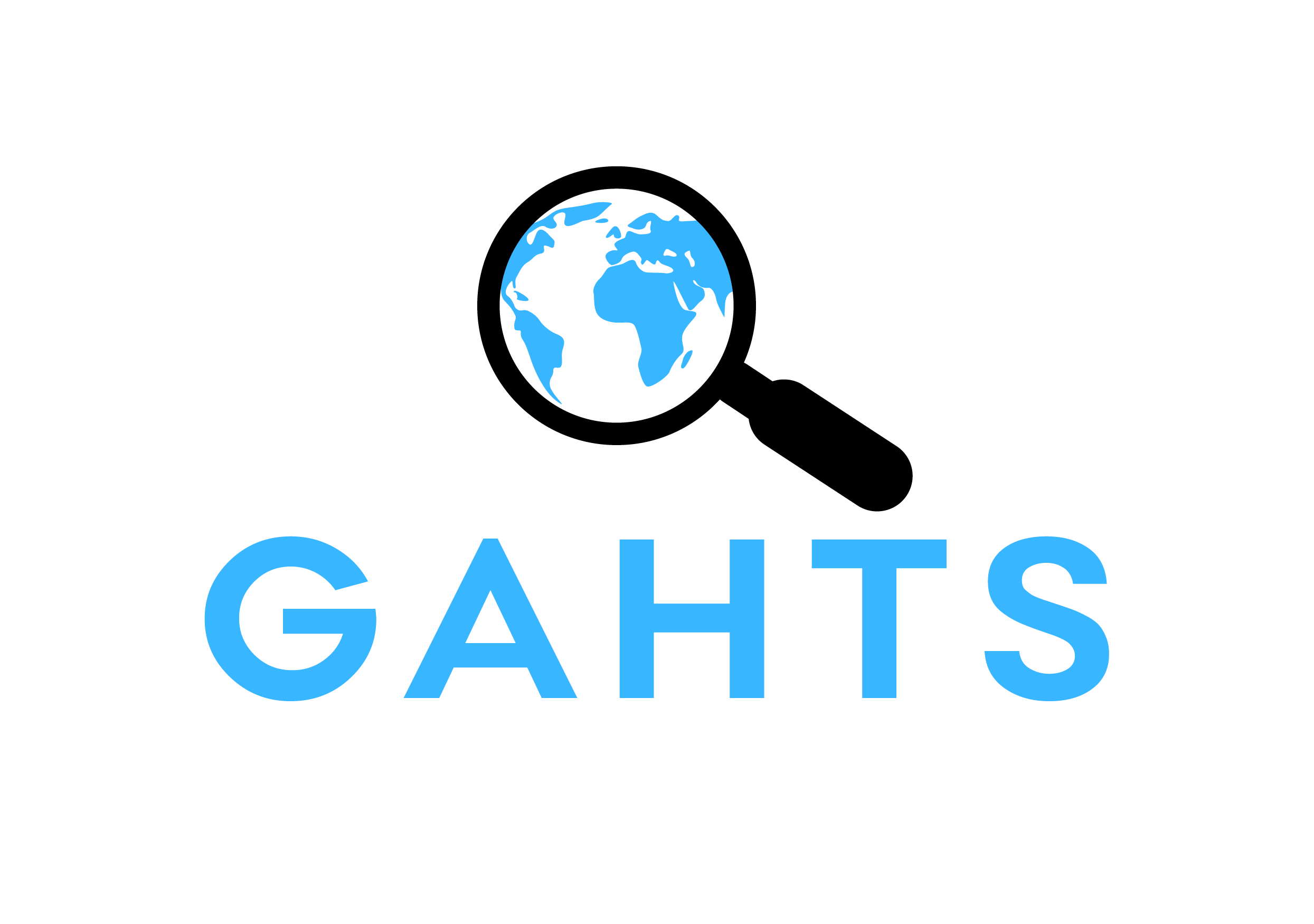Captured ‘Realities’ of Human Trafficking: Analysis of photographs illustrating stories on trafficking into the sex industry in Serbian media
Author: Krsmanovic, Elena
Abstract: Past research has looked at how the media frames human trafficking, but has seldom included analysis of visual representations. To bridge this gap, this paper scrutinises stereotypical representations of persons trafficked into the sex indus try in photographs published in Serbian online media from 2011 to 2014. To uncover characteristics of dominant tropes in this sample, a method of semiotic analysis is applied. The analysis argues that images are dominated by portrayals of trafficked persons that fit into one of two frames: powerless victim or unworthy prostitute. Male figures are rarely presented in these photographs, but when present, they are shown to hurt or control the women depicted alongside them. Chains, padlocks, barcodes, whip marks, and other symbols associated with slavery are present to a lesser extent. However, they testify to the tendency to link human trafficking to slavery and to use the moral potential of the anti-slavery rhetoric. Photographs are too easily seen as authentic, factual transcripts of reality. This paper suggests that these images tell us more about societal fear of insecurity, ideas about gender, erotic obsessions and morality than about human trafficking itself. It also argues that the meaning of trafficking is shaped by the deeply embedded codes of patriarchy and hidden misogyny present in Serbian society.
Keywords: human trafficking, trafficking into the sex industry, visual representation, media photographs, images of human trafficking, Serbia, Balkans, Eastern Europe
